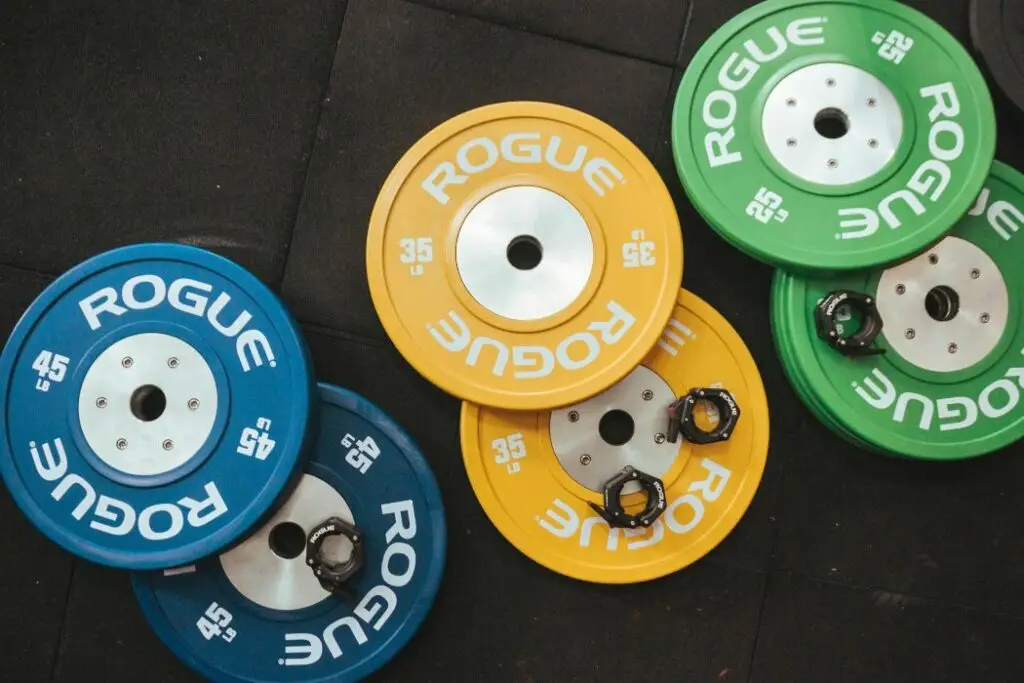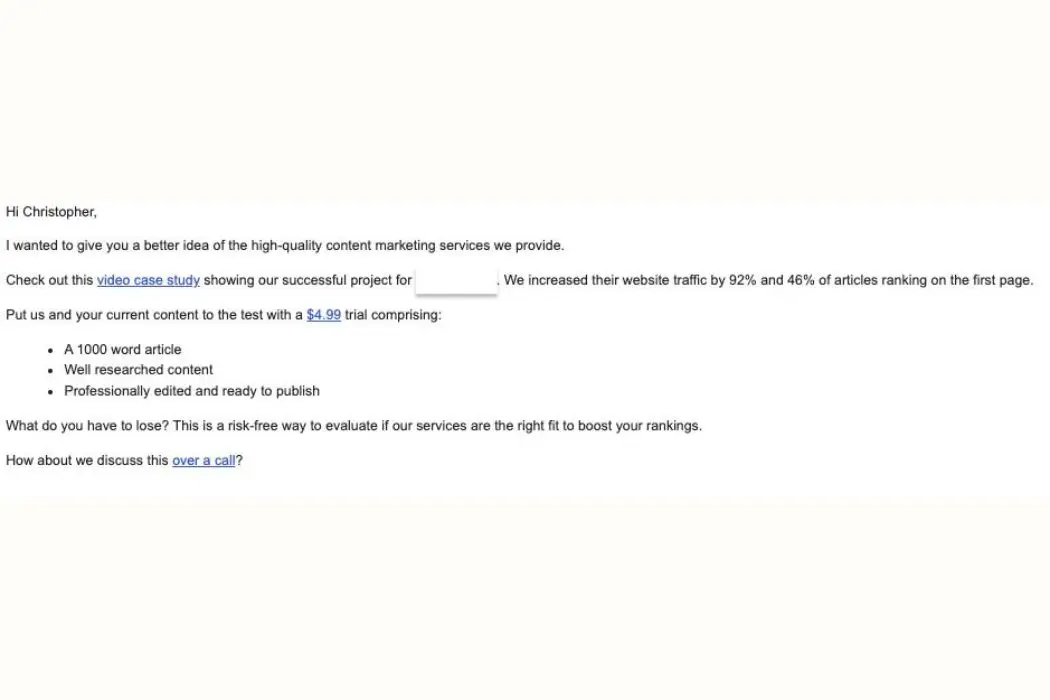At first, it was impossible. Then it was difficult. Now I can do it multiple reps and multiple sets. I’m not just talking about 100kg+ back squats. Many of the same concepts apply to the heavy lift of messaging and thought leadership.
- It takes work to get to the point of doing it just once. You progress by adding a few kg here, adding a few sets there. Little steps to big progress. You’re also unlikely to produce a single piece of industry-changing, category-redefining thought leadership overnight.
- Doing it over and over again as your baseline is a very different thing. You need a repeatable process as well as raw strength. You have to alternate between progressively higher weights that are just possible enough and sustained high volume at weights that are just challenging enough. The numbers for “possible” and “challenging” get higher and higher. Get better and better and producing very good thought leadership so you are ready to reach excellence.
- You run the risk of exceeding your true strength. You can get the weight off the rack, but can you get it back up? It takes the whole body to do that. Marketing can come up with all sorts of messaging, but it takes the whole org to deliver on those expectations. Messaging that doesn’t reflect reality is ultimately a lie.
- Form matters. You might be able to do it with wobble and strain. But the heavier the lift, the more likely you are to hurt yourself if you don’t control the details. A heavy lift is basically a physics problem that you solve with your anatomy. A high-stakes thought leadership win is a systems problem that you solve with your org capacity.
- You had best know how to fail if you need to. Have a plan for how to bail if you find yourself in trouble. Otherwise, you could be seriously injured. That’s true for every lift. Know before you try. Similarly, companies need an advance plan for how to extricate themselves from positioning that isn’t working without falling on their faces or breaking their necks.
- Good nutrition, good hydration, good rest and recovery. Strength is a holistic phenomenon. The business analogies should be obvious. Healthy teams and team members do better work. Less obvious—how healthy are the interfaces between organizations? Marketers can be masters of every aspect of their discipline but still have broken relationships with sales, product, leadership, etc.
I can think of several other analogies, too, but I’ll just leave it here. A good weightlifter also knows when to stop.




